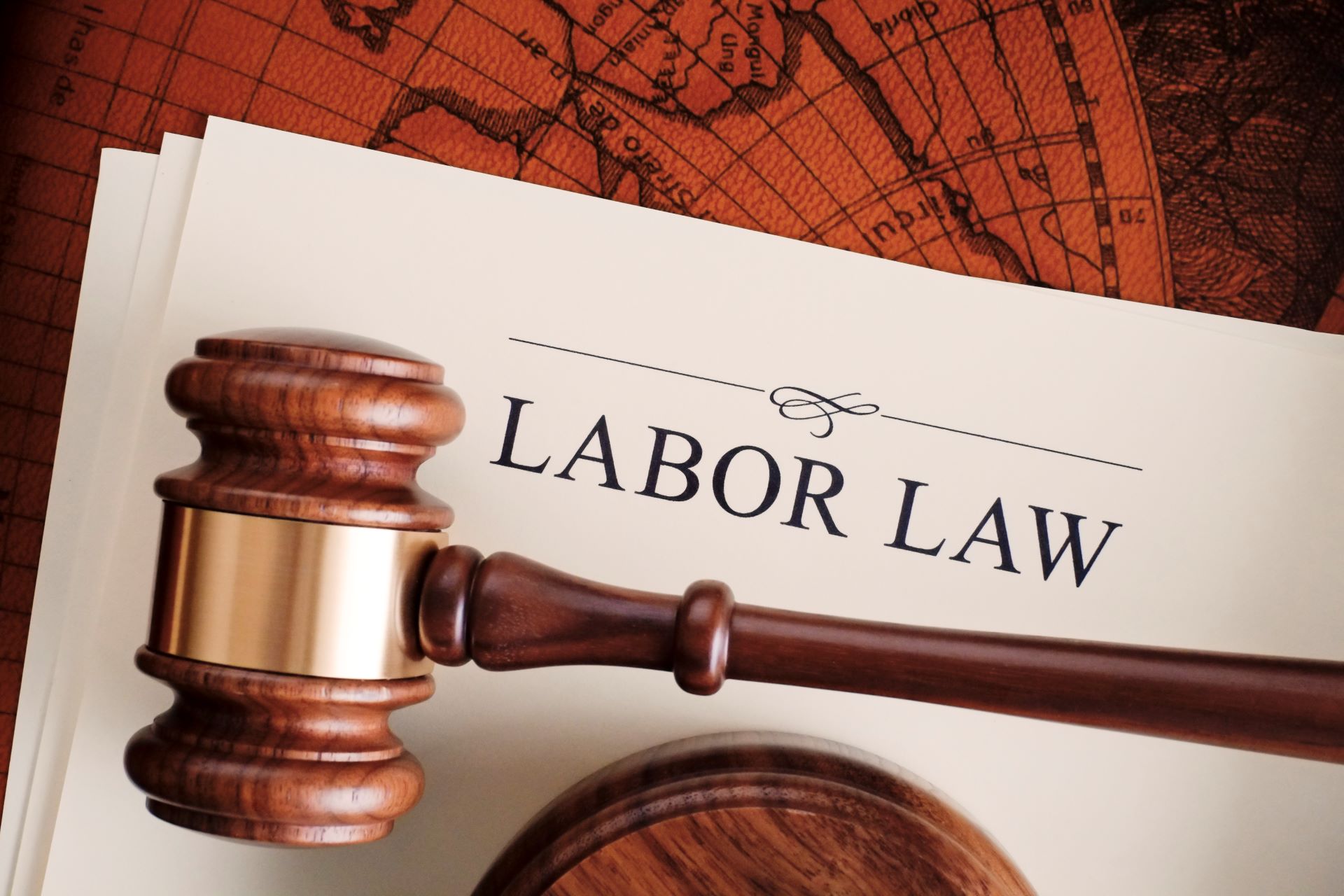Given that unions currently only represent 6.6 percent of the private sector workforce, the National Labor Relations Board (NLRB) increasingly is vetting any and all avenues to enlarge that number. We recently have seen those efforts with the new “ambush election rules,” “micro-unit” decisions, and increased scrutiny of non-union employer policies. The NLRB now has delivered yet another blow to employers by issuing a ruling that will make it easier for unions to establish that two or more companies are “joint-employers” under the National Labor Relations Act (NLRA).
Under the NLRB’s old test for finding “joint-employer status,” the NLRB found such status “where two separate entities share or codetermine those matters governing the essential terms and conditions of employment.” TLI, Inc., 271 N.L.R.B. 798, 798 (1984). Additionally, “there must [have been] a showing that the employer meaningfully affects matters relating to the employment relationship such as hiring, firing, discipline, supervision, and direction.” TLI, 271 N.L.R.B. at 798. Essentially, the NLRB required an entity to actually exercise control over employees’ terms or conditions of employment in order to find it was an employer over the employees at issue. The test frequently was invoked in cases where the NLRB was evaluating whether a staffing agency and an employer to whom it was supplying employees should be considered “joint-employers” under the NLRA; and staffing agencies (i.e., the entities paying the temporary employees and being primarily responsible for employment-related issues) often were found to be the sole employer of the supplied employees under the old test. This, in effect, provided insulation to the employer being provided with the workers from unfair labor practice charges and other labor relations issues that may arise before the NLRB.
In Browning-Ferris Industries of California, Inc., 32-RC-109684 (August 27, 2015), however, the NLRB significantly altered this standard. The NLRB specifically examined whether Browning-Ferris Industries of California Inc. was a joint-employer of workers who were provided to it by a staffing agency, Leadpoint Business Services, Inc. In finding that Leadpoint and Browning-Ferris were joint-employers, the NLRB announced that it was abandoning its old joint-employer test and setting forth a new one. On its website, the NLRB is summarizing its new test resulting from Browning-Ferris as follows:
The Board applies long-established principles to find that two or more entities are joint employers of a single workforce if (1) they are both employers within the meaning of the common law; and (2) they share or codetermine those matters governing the essential terms and conditions of employment. In evaluating whether an employer possesses sufficient control over employees to qualify as a joint employer, the Board will – among other factors – consider whether an employer has exercised control over terms and conditions of employment indirectly through an intermediary, or whether it has reserved the authority to do so.
That is, the NLRB no longer requires that a company actually exercise control over a workforce’s terms and conditions of employment. Now, the NLRB’s new standard means that even “indirect” control may be sufficient for joint-employer relationships. It remains to be seen when the NLRB will find “indirect” control is sufficient to support a joint-employer relationship.
In sum, it’s now easier for the NLRB to impose joint-employer status on companies. From a practical perspective, this means that each joint-employer could have an obligation to bargain with a union over terms and conditions of employment and also could be held liable for the unfair labor practices of its co-employers. This will implicate a whole array of businesses – particularly those utilizing franchise models and those that use staffing agencies. Franchisor companies and companies utilizing staffing agencies should be mindful of the conduct of their franchisees and/or staffing agencies because they will no longer be as safely insulated from NLRB charges or potential bargaining obligations. Accordingly, examining how business relationships such as these are structured and implemented is critical for companies desiring to avoid being found to be a joint-employer by the NLRB. Options for companies to consider may include:
- Evaluating whether to continue using temporary employees at all (or to the same extent they have been);
- Ensuring any staffing, franchise, etc., contracts clearly set forth respective roles and responsibilities and potentially include indemnification language; and
- Evaluating how workforces containing temporary employees are structured in order to maximize communication avenues during any potential union campaigns down the road (e.g., if a 3rd shift has many temporary workers and little to no access to the human resources department, making a switch now to ensure open communication may make sense).
Because every industry and company is unique, many options and alternatives may be available; but time is of the essence for affected employers who want to dodge this potential bullet.
For more information, please contact the Barnes & Thornburg Labor and Employment attorney with whom you work, or a leader of the firm’s Labor and Employment Department in the following offices:
Kenneth J. Yerkes
Department Chair
(317) 231-7513
John T.L. Koenig
Atlanta
(404) 264-4018
David B. Ritter
Chicago
(312) 214-4862
William A. Nolan
Columbus
(614) 628-1401
Mark S. Kittaka
Fort Wayne
(260) 425-4616
Robert W. Sikkel
Grand Rapids
616-742-3978
Peter A. Morse
Indianapolis
(317) 231-7794
Scott J. Witlin
Los Angeles
(310) 284-3777
Teresa L. Jakubowski
Washington, D.C.
(202) 371-6366
Janilyn Brouwer Daub
South Bend/Elkhart
(574) 237-1130
Visit us online at www.btlaw.com, @BTLawLE, and @BTLawNews, and don’t forget to bookmark our Labor & Employment blogs www.btlaborelations.com and www.btcurrents.com.
© 2015 Barnes & Thornburg LLP. All Rights Reserved. This page, and all information on it, is proprietary and the property of Barnes & Thornburg LLP. It may not be reproduced, in any form, without the express written consent of Barnes & Thornburg LLP.
This Barnes & Thornburg LLP publication should not be construed as legal advice or legal opinion on any specific facts or circumstances. The contents are intended for general informational purposes only, and you are urged to consult your own lawyer on any specific legal questions you may have concerning your situation.






















